Dehydrating meals is one of the best ways to preserve food while keeping it lightweight, shelf-stable, and nutritious. It’s a method I swear by for prepping because it allows you to store long-term meals that can be ready in minutes, all while minimizing space and weight. Whether you’re prepping for emergencies, stocking up for camping trips, or just looking for ways to preserve seasonal produce, dehydrating meals is a great solution. You can ensure you have wholesome, homemade meals ready to go no matter what life throws your way.
Here are some of my favorite tips to get you started on dehydrating meals the right way!
1. Choose The Right Foods For Dehydration
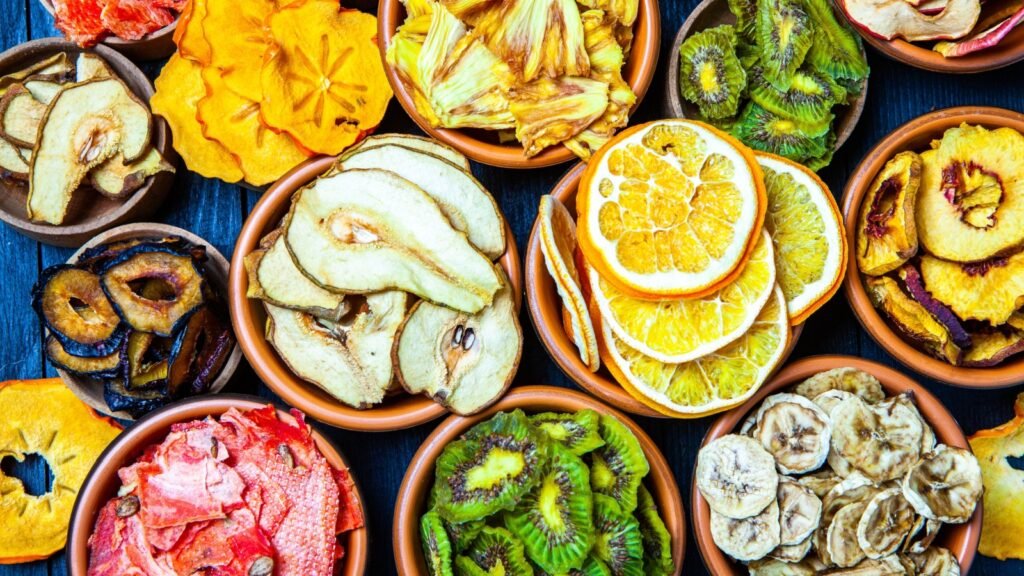
Not all foods dehydrate well, so it’s important to start with the right ingredients. Fruits, vegetables, and lean meats like chicken or beef tend to dehydrate effectively. Avoid high-fat foods like avocados or greasy meats because fats can go rancid over time. Also, steer clear of dairy-heavy meals unless you’re using powdered milk as a substitute.
2. Blanch Vegetables Before Dehydrating
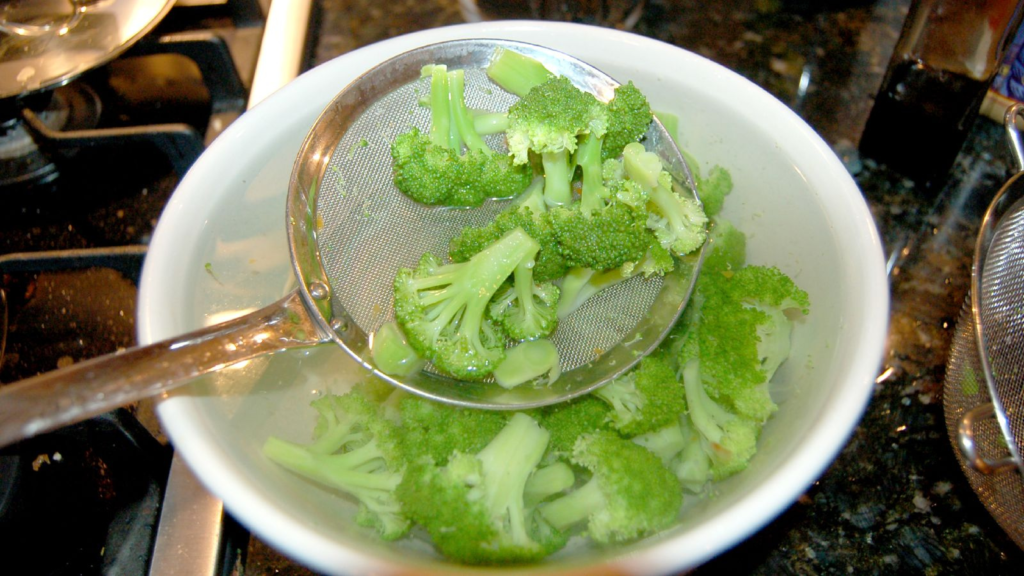
Blanching your vegetables before dehydrating can help them retain their color, texture, and nutrients. To blanch, simply boil the veggies for a few minutes, then plunge them into ice water to stop the cooking process. This quick step makes a big difference in the final quality of your dehydrated meals.
3. Cut Food Into Even Pieces

Uniformity is key when dehydrating. Cut fruits, vegetables, and meats into evenly sized pieces so that they dry at the same rate. If some pieces are too thick, they may not dry completely, which can lead to spoilage. Keeping everything the same size ensures a better, more consistent result.
4. Use A Food Dehydrator For Best Results
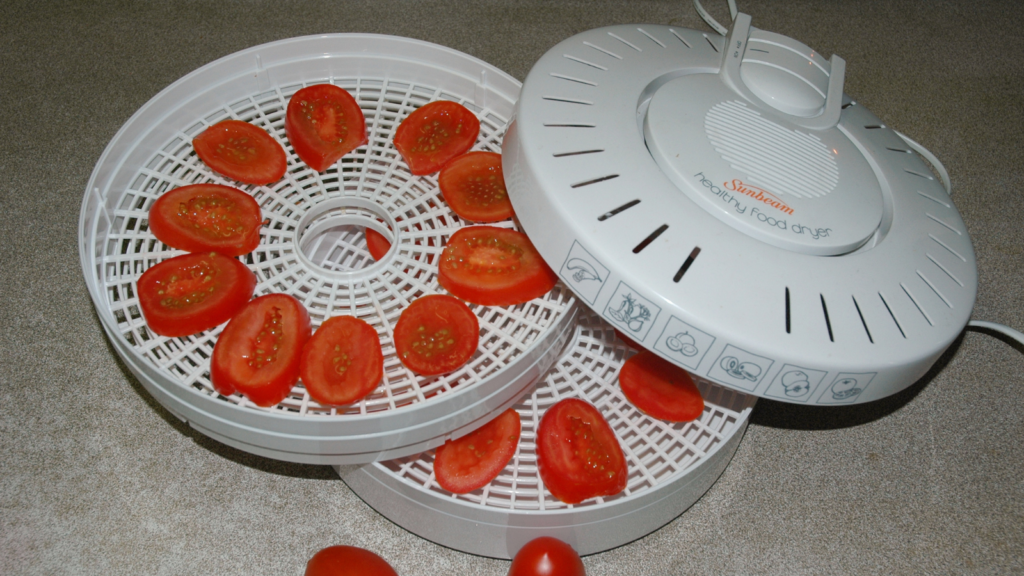
While it’s possible to dehydrate food using your oven or the sun, a food dehydrator is your best bet for consistent results. Dehydrators maintain a low, even temperature and good airflow, which are essential for properly drying your meals. They’re also more energy-efficient than using an oven for long periods.
5. Pre-Cook Proteins For Safety

If you’re dehydrating proteins like meat or beans, pre-cooking is essential. Cooking your proteins ensures that any harmful bacteria are killed before the dehydration process. Raw meats, in particular, can harbor pathogens that dehydration alone won’t eliminate, so make sure to cook them thoroughly before drying.
6. Keep Temperatures Low To Preserve Nutrients

One of the main benefits of dehydrating food is that it helps retain most of the nutrients. To ensure this, keep the drying temperature relatively low, around 125°F to 135°F. Higher temperatures can degrade sensitive vitamins like Vitamin C and B vitamins, which you want to keep intact in your meals.
7. Store Dehydrated Food In Airtight Containers
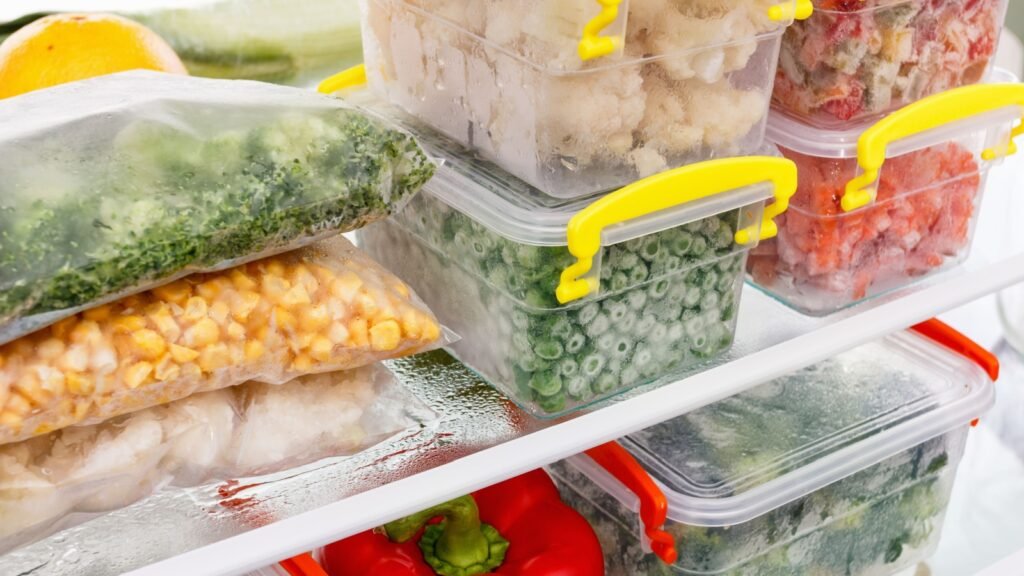
Once your food is properly dehydrated, it’s important to store it in airtight containers to prevent moisture from creeping back in. Mason jars, vacuum-sealed bags, or mylar bags with oxygen absorbers work great for long-term storage. Make sure to label your containers with the date of dehydration.
8. Rehydrate Meals With Boiling Water
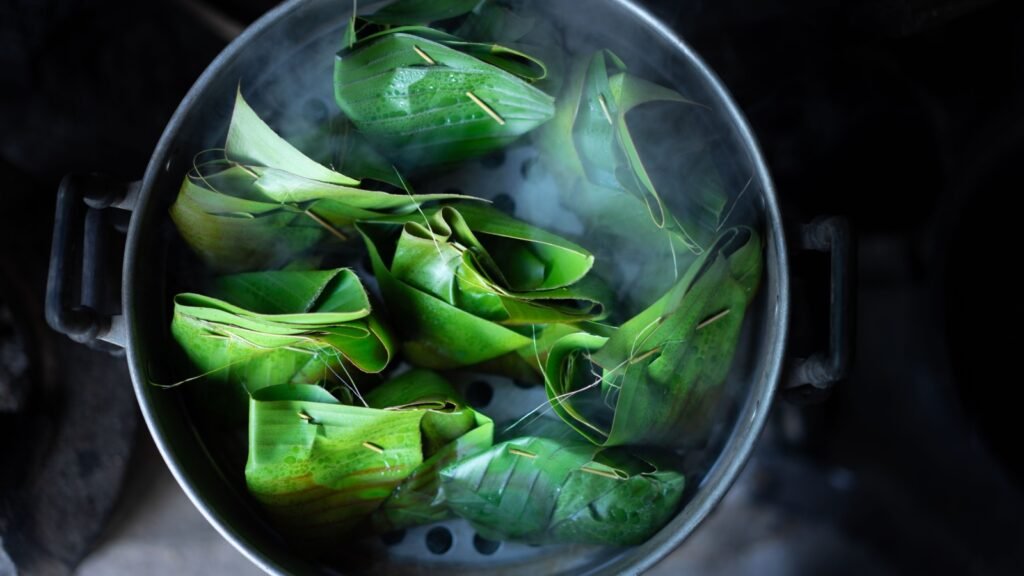
When you’re ready to eat your dehydrated meals, rehydration is a simple process. Just add boiling water to the dried food and let it sit for 10 to 20 minutes, depending on the meal. This works well for soups, stews, and pasta dishes, giving you a hot, home-cooked meal with minimal effort.
9. Test Dryness Before Storing

Before storing your dehydrated food, always test for dryness. A good rule of thumb is that fruits should be leathery but not sticky, while vegetables and meats should be brittle. If there’s any lingering moisture, the food can spoil in storage, so make sure everything is fully dried before packing it away.
10. Rotate Your Storage

Just like with any food storage, it’s important to rotate your stock. Use the oldest dehydrated meals first and replace them with freshly dehydrated ones. This helps prevent waste and ensures you always have fresh, ready-to-eat meals on hand.
11. Experiment With Seasonings

Dehydrated meals can sometimes lose a bit of flavor during the drying process, so don’t be afraid to experiment with seasonings. Salt, herbs, and spices tend to concentrate in flavor, but you may want to add more seasoning after rehydrating if the taste seems a little flat.
12. Dehydrate Single Ingredients For Flexibility
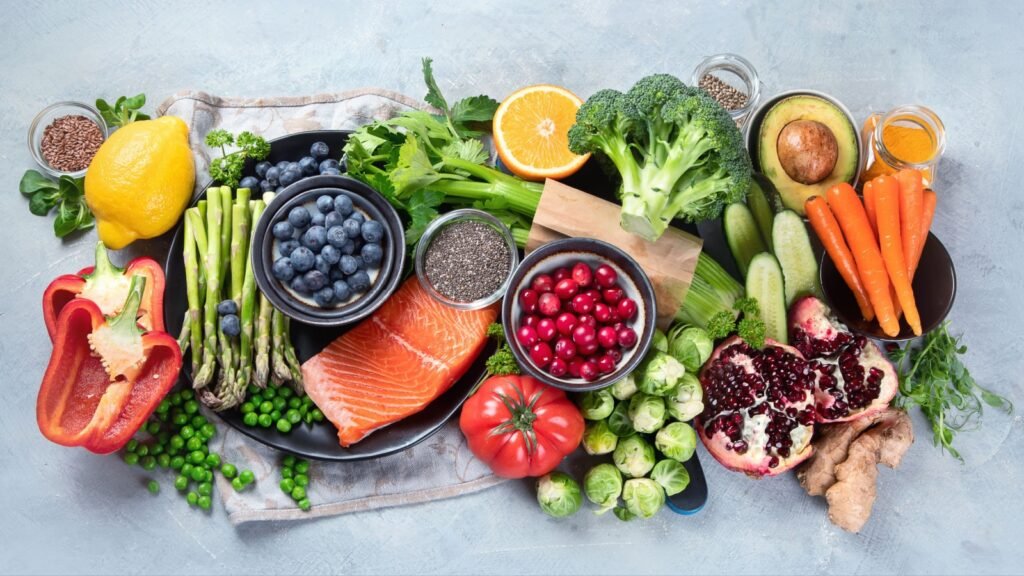
Instead of always dehydrating complete meals, try dehydrating individual ingredients. This gives you the flexibility to mix and match foods based on your needs. Dehydrating vegetables, fruits, proteins, and grains separately allows you to create custom meals on the fly without being locked into specific recipes.

